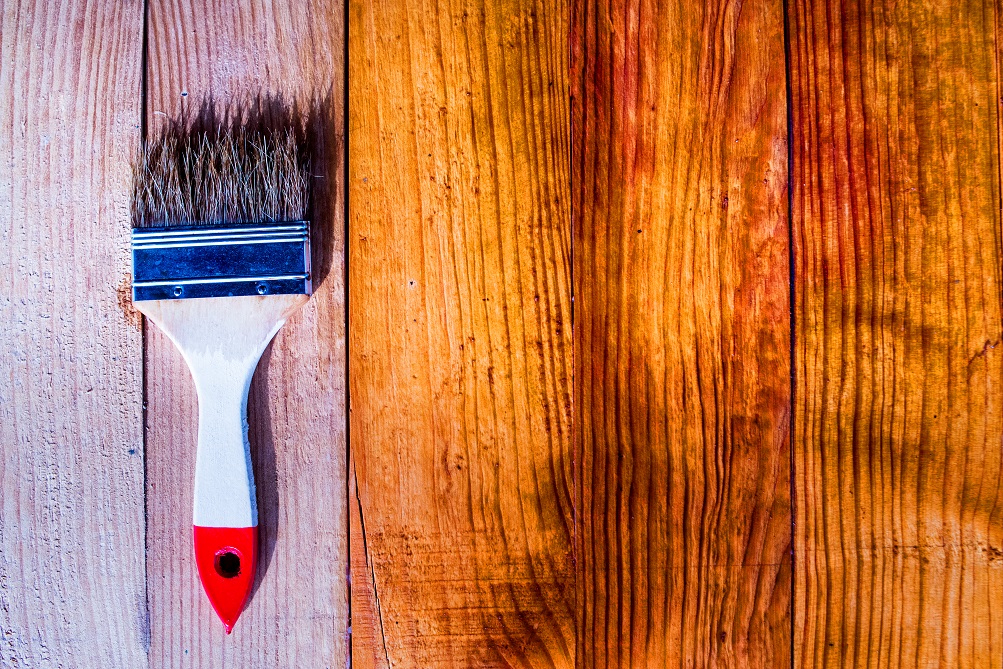Wood primer is one of the most important parts of any paint job. Primer effectively adds more beauty to paint. It does so by smoothing out and creating a much more polished look to the structure. It’s necessary if you want to create a smoother-looking paint job and it requires multiple steps. The benefit of using a primer is the fact that it can help minimise the amount of paint you need to use.
You can tell a lot about the experience of the painter by looking at how the primer was used. If you aren’t entirely certain how to use primer, this article should help clear up any questions or concerns.
When Should You Use Primer?
You want to use high-quality latex primer or primer that’s oil-based if you are painting brand new wood that hasn’t been stained. If you have wood that’s already been stained, you’re going to want to opt for stain-blocking primer. Whereas, if the wood has already been painted but you want to change the colour, you’ll want to use a wood primer.
Without using primer paint for wood, you will find that the dark colour of the paint is going to show up through the new paint regardless of how many coats of paint you apply. Applying dark paint over light paint can also cause issues. Any older wood will necessitate oil-based or latex-based primer. Without the wood getting primed beforehand, the paint will tend to chip off and peel. You need to dry out all of the primers before applying the new paint. Some of the primers used can be applied without a top layer of paint and they adhere better to older paint.
Some Of The Different Types Of Wood Primers:
There are (3) distinct types of wood primers. Each has its use case.
1. Water-Based
A water-based primer can effectively be used on bare drywall. It can also be used effectively when painting a room a brand new colour. This type of primer is excellent because it’s very easy to clean up with only water. It dries very fast and it doesn’t have a strong lingering smell either.
2. Oil-Based
This type of primer is excellent for a variety of different surfaces. The two surfaces that this primer shouldn’t be used on include galvanised metal or masonry. However, this primer is particularly good with wood. They can effectively seal off the wood to ensure your paint has a smooth application.
This primer can minimise stains and stop tannins from getting seeped into the wood. It can also help to minimise any peeling of the paint. You’ll want to apply this oil-based primer in a space that has a lot of ventilation. These primers will typically take longer to dry but they will adhere to the surface much better than alternatives. Because of this, they last longer. Try to wait for a good 24 hours or so before applying a new coat.
While some oil-based primers do dry faster, it’s best to wait a sufficient time. Also, these primers emit plenty of harmful volatile organic compounds. Thus, you want to do it in a place that’s well ventilated.
3. Shellac-Based
Shellac is one of the oldest types of primer. This primer is good because it can cover any kind of damage ranging from rust to water damage.
These primers can effectively seal smells too. If you are aiming to cover up various stains or even odours, you’ll want to use this primer type. These primers are also advantageous for those that want a quick drying agent. They usually dry quicker than oil-based primers, but not nearly as quickly as those that are water-based. They can also be utilised along with water-based or even oil-based paints.
This primer is typically the best for an outdoor surface or an indoor surface where you are seeking maximum protection.
Conclusion
You want to choose the right primer based on the colour you are going for. Whenever you are applying a primer over wood, you’ll want to use the highest quality product. Don’t go for something cheap because it’s not going to deliver the best results.
While a primer doesn’t seem necessary, it certainly is. It’s not only going to save you time, but it can ensure the best paint job. Every piece of wood needs to be primed before getting painted. Without a primer, your paint job will look uneven and will end up cracking or peeling over time.

